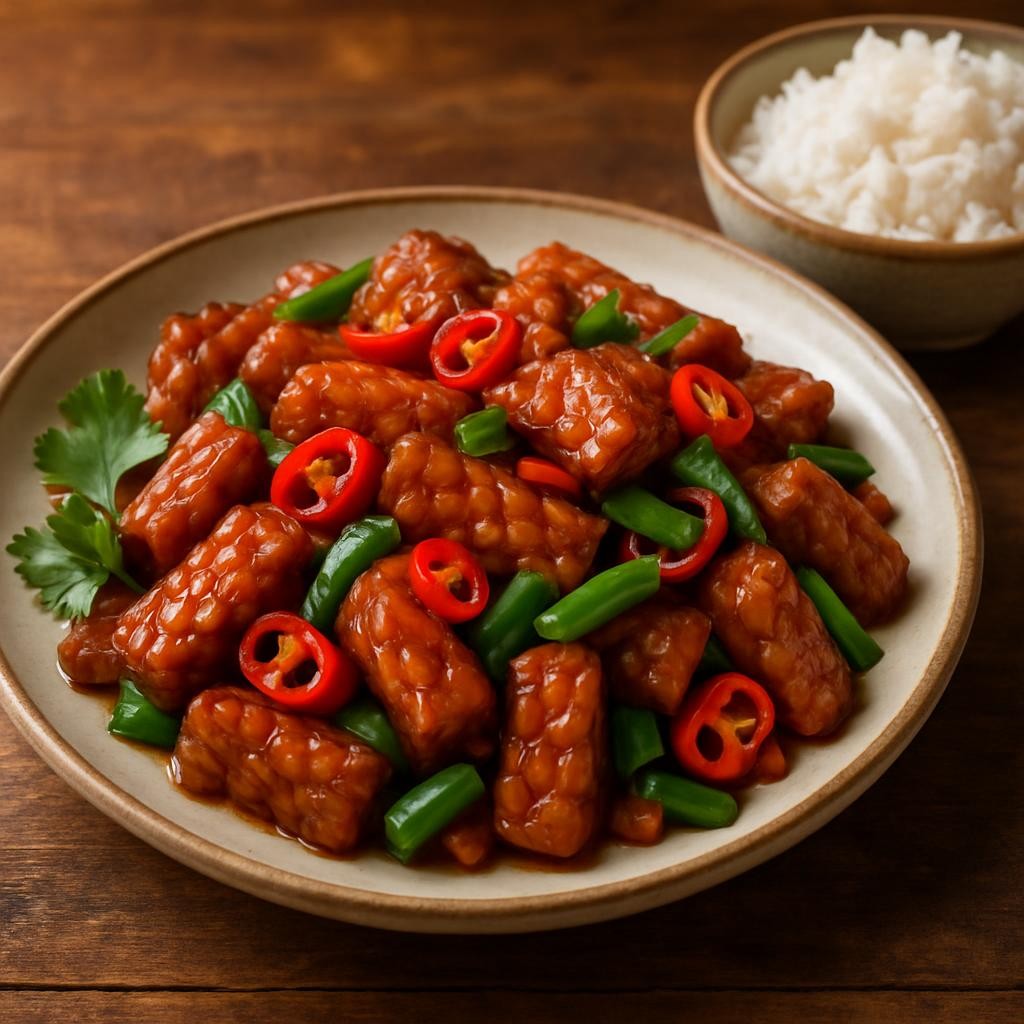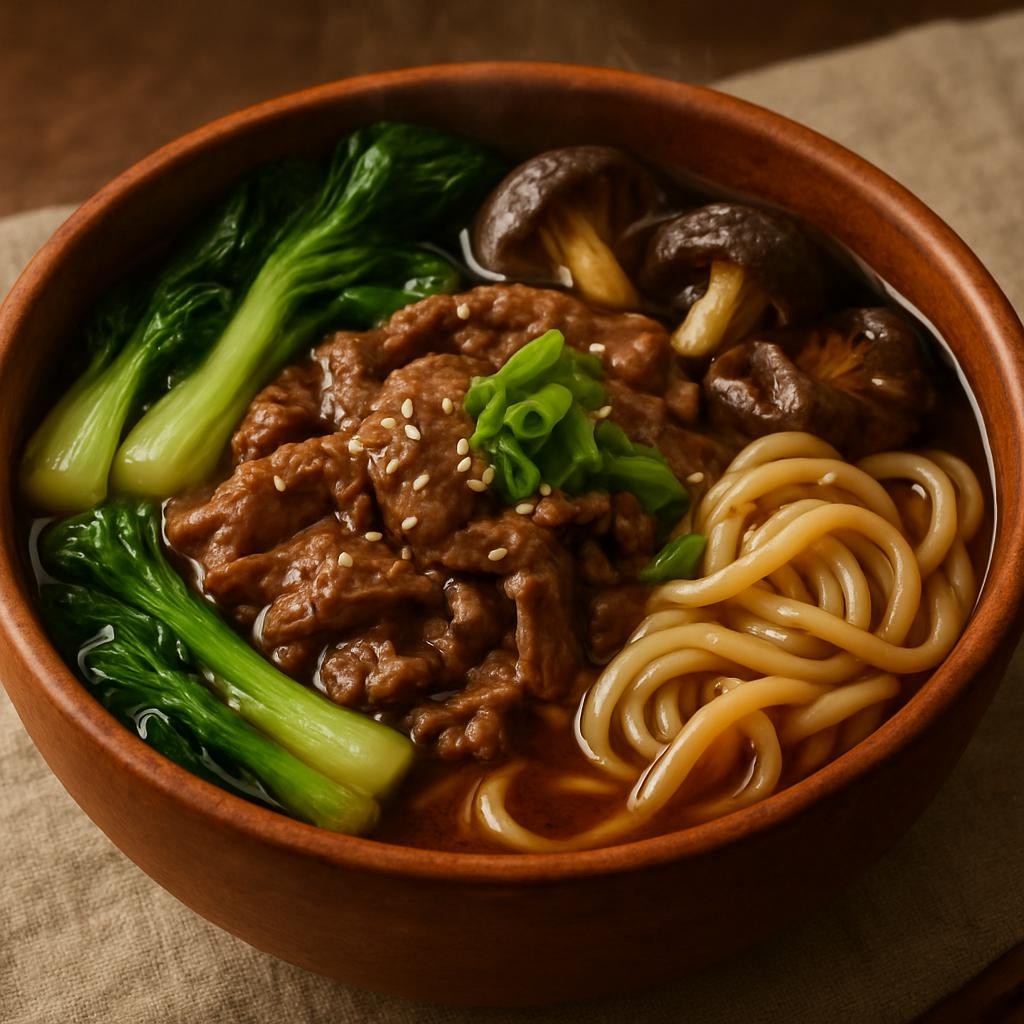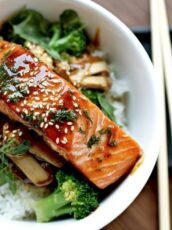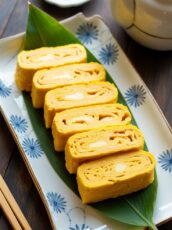Pad Thai is a quintessential Thai dish that combines stir-fried rice noodles with a tantalizing sauce, creating a medley of flavors that dance on your palate. The Pad Thai sauce recipe is the heart of this beloved dish, delivering a perfect balance of salty, sweet, and tangy notes. It’s incredibly versatile, allowing you to customize your Pad Thai with your favorite proteins and vegetables. Whether you’re a novice in the kitchen or a seasoned chef, mastering this sauce will elevate your cooking and impress your guests.
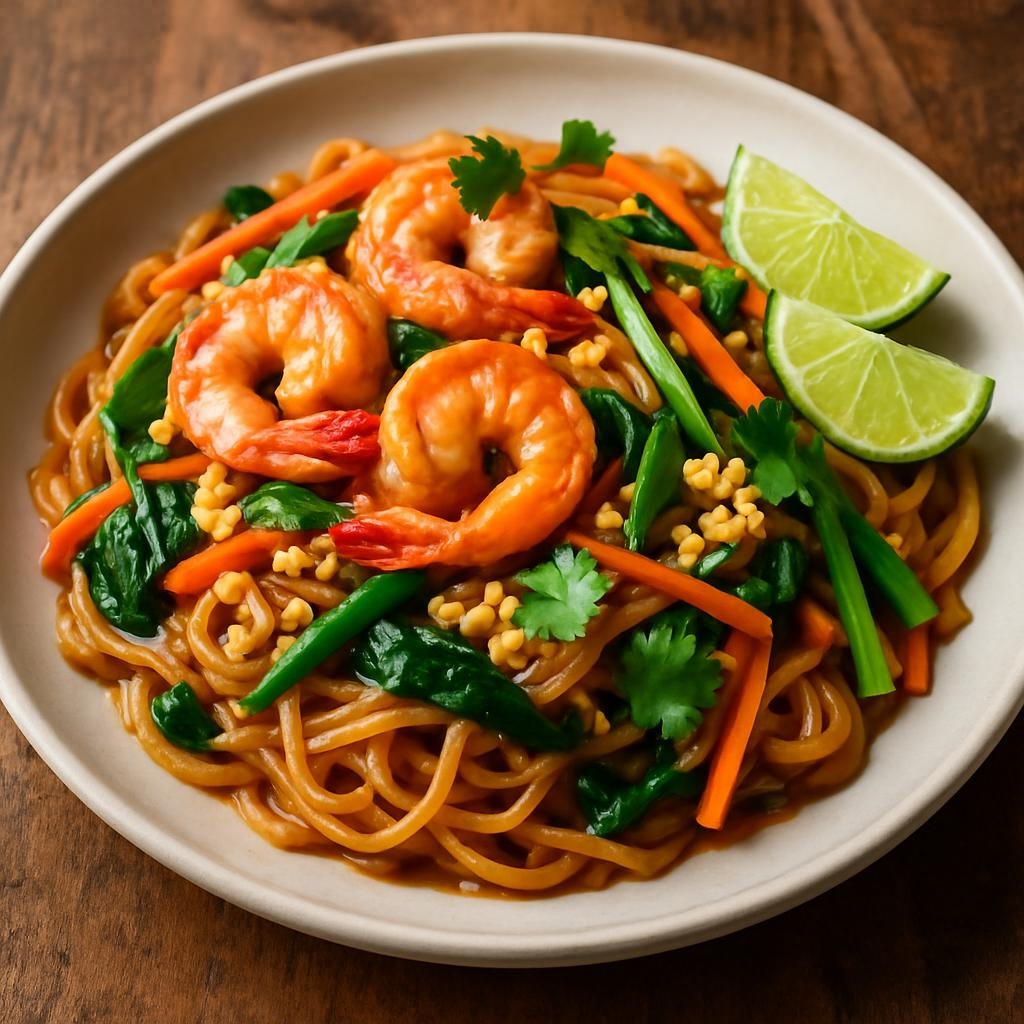
Why You Will Love This Recipe
You will love this Pad Thai sauce recipe for its incredible flavor and simplicity. The combination of tamarind paste, fish sauce, and a hint of sweetness creates a depth of flavor that is both authentic and satisfying. This recipe is quick to prepare, making it ideal for weeknight dinners or meal prep sessions. Plus, it fits well into various diets, as you can easily adapt it to be gluten-free or vegan, depending on your dietary needs. The ease of this sauce will allow you to whip up a restaurant-quality dish right at home!
Tips and Tricks
To make your Pad Thai sauce stand out, here are some handy tips:
- Use quality ingredients: Authentic tamarind paste will provide the best flavor. If you’re in a pinch, you can substitute with a mixture of lime juice and brown sugar, but it won’t have the same depth.
- Adjust the sweetness: Taste your sauce as you go. If you prefer a sweeter profile, add more sugar or honey to balance the acidity of the tamarind.
- Prep your ingredients: Have all your ingredients prepped and ready to go before you start cooking. This will make the stir-frying process seamless and enjoyable.
- Experiment with heat: For a bit of spice, add chili flakes or sriracha to your sauce.
Make Ahead Tips
This Pad Thai sauce can be made ahead of time and stored for future meals. You can prepare the sauce in advance and store it in an airtight container in the refrigerator for up to one week. If you want to keep it longer, you can freeze the sauce for up to three months. Just make sure to thaw it in the fridge overnight before using. This prep step makes it easy to throw together a quick dinner any night of the week!
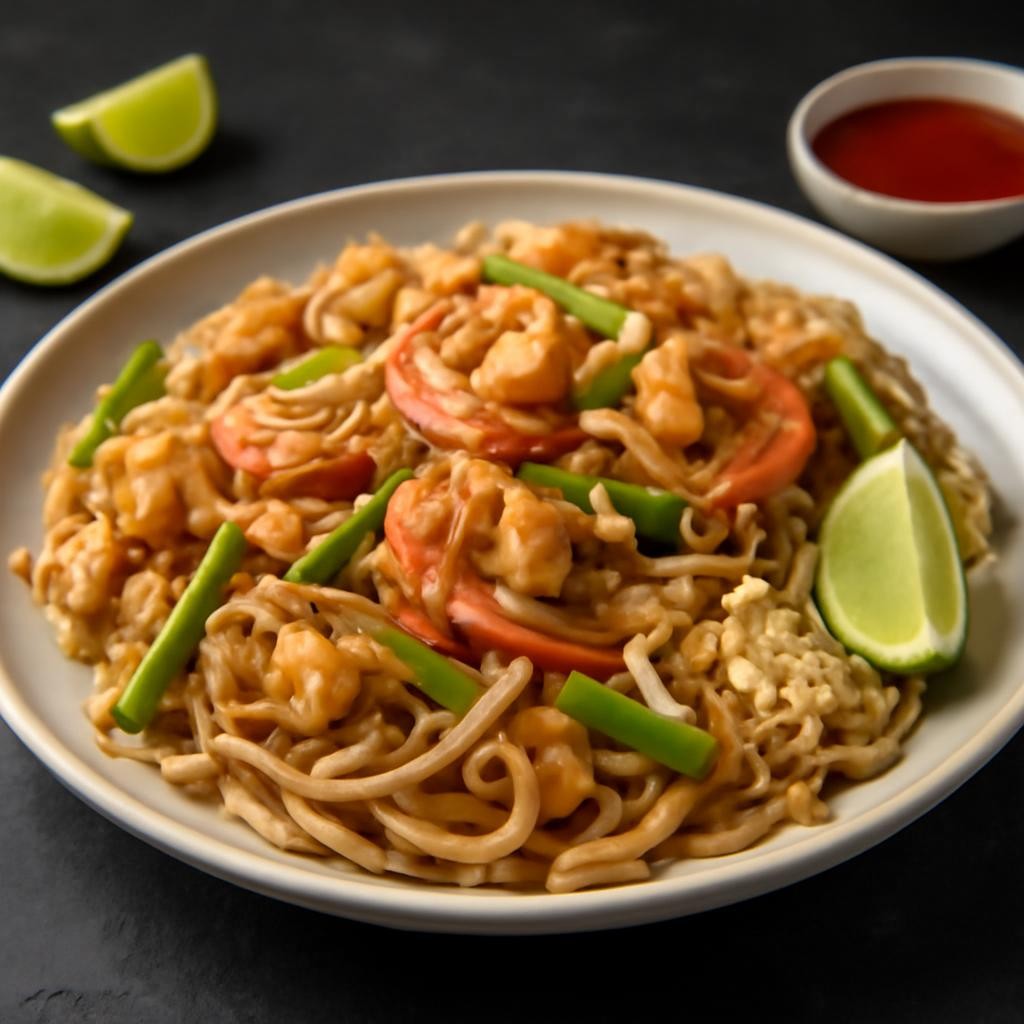
Recipe Variations
Feel free to get creative with your Pad Thai sauce:
- For a vegan version, replace fish sauce with a plant-based alternative or soy sauce.
- Add tamarind paste to the sauce for a more pungent flavor, or use ketchup in a pinch for a sweeter taste.
- Try adding peanut butter for a creamy twist on your sauce.
- If you’re looking for a spice kick, mix in some chili paste or Thai chili for added heat.
How to Serve
To serve your Pad Thai, place a generous amount of noodles on the plate and drizzle with your homemade sauce. Top with stir-fried vegetables, scrambled eggs, and your choice of protein, whether it be shrimp, chicken, or tofu. Garnish with chopped peanuts, fresh cilantro, lime wedges, and a sprinkle of bean sprouts for a fresh crunch. Presenting your dish with vibrant colors will make it visually appealing and appetizing.
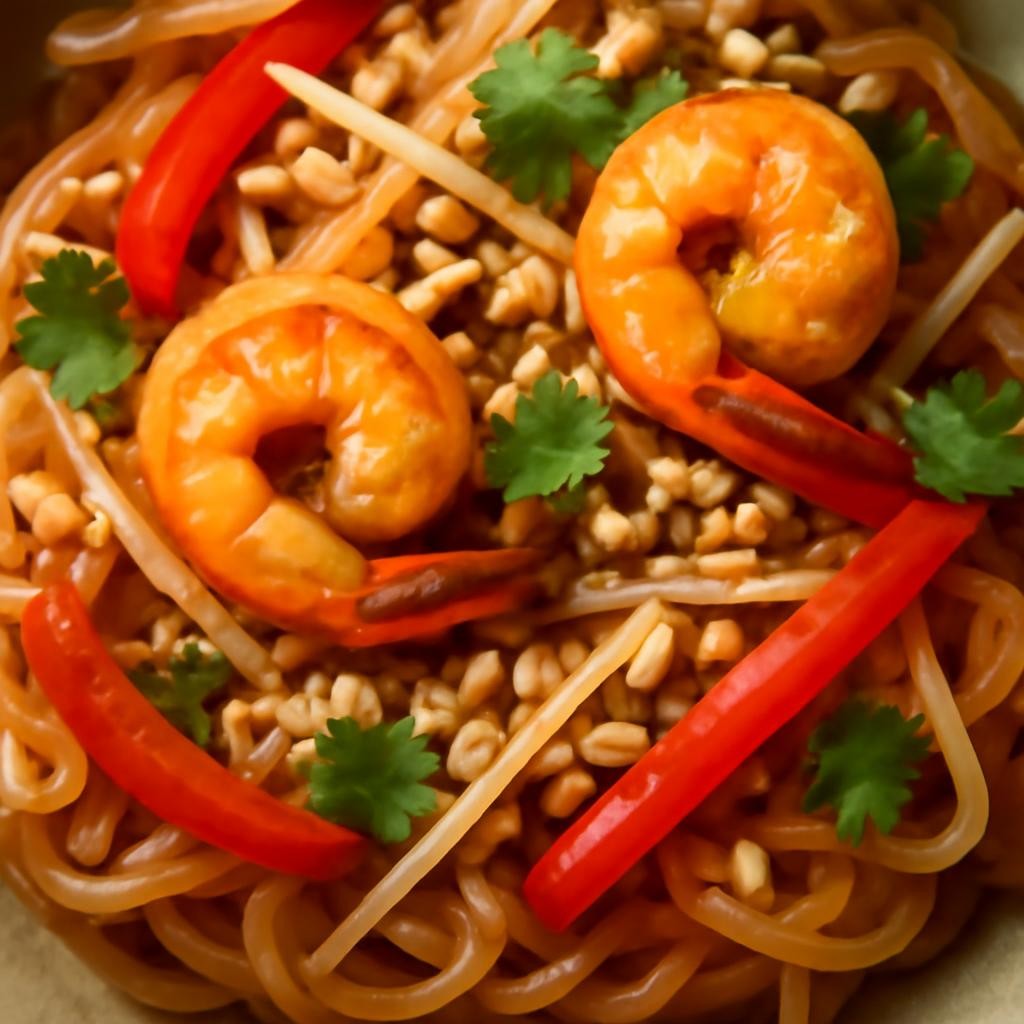
Pairing Suggestions
For drink pairings, a cold Thai beer or a refreshing iced tea complements Pad Thai beautifully. If you’re looking for something more robust, a crisp white wine like Sauvignon Blanc works well. As for side dishes, consider serving a light cucumber salad or spring rolls to keep with the Asian theme. For dessert, a coconut sorbet or mango sticky rice will perfectly round out your meal.
How to Store
Leftovers can be stored in an airtight container in the refrigerator for up to three days. To freeze, portion the Pad Thai into freezer-safe containers or bags, ensuring to remove as much air as possible. When reheating, you can microwave it or heat it in a pan over low heat, adding a splash of water or sauce to revive the noodles.
Equipment Needed
You will need a large skillet or wok for stir-frying the noodles and sauce. A spatula or wooden spoon is essential for tossing the ingredients together. If you have a meat thermometer, it can help ensure your proteins are cooked to perfection. While a wok is ideal for authentic stir-frying, a large frying pan will also work just fine.
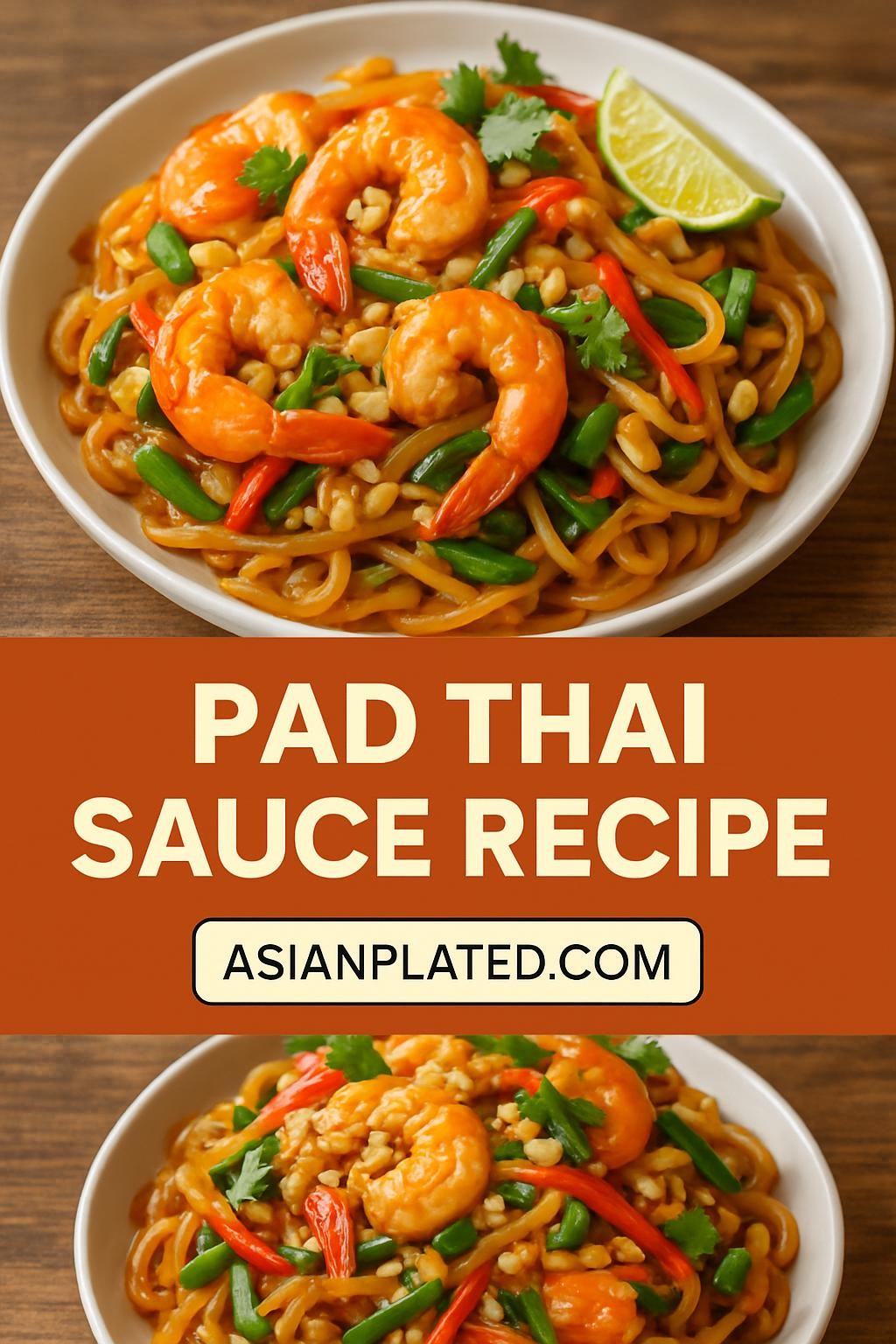
Dietary Adaptations
This Pad Thai sauce recipe can be easily modified to meet various dietary needs:
- For a vegan version, simply substitute fish sauce with soy sauce or a vegan fish sauce alternative.
- To make it gluten-free, use rice noodles and ensure that your fish sauce and soy sauce are gluten-free.
- For nut-free options, skip the peanuts or substitute with sunflower seeds or omit them altogether.
Seasonal Adaptations
In the spring and summer, you could incorporate fresh vegetables like snap peas, bell peppers, and zucchini to brighten the dish. In the fall and winter, consider using heartier vegetables like carrots and broccoli. You can also experiment with seasonal proteins, such as grilled chicken in the summer or roasted tofu in the colder months.
Recipe FAQs
- Can I substitute tamarind paste? Yes, you can use lime juice and brown sugar as a substitute, but the flavor will differ slightly.
- How long does Pad Thai take to cook? The total cooking time for Pad Thai is about 20-30 minutes, including prep time.
- What can I use if I don’t have fish sauce? Soy sauce can be a good alternative, or look for a vegan fish sauce at your local grocery store.
Pad Thai Sauce

Pad Thai is a quintessential Thai dish that combines stir-fried rice noodles with a tantalizing sauce, creating a medley of flavors that dance on your palate.
Ingredients
- 3 tablespoons tamarind paste
- 3 tablespoons fish sauce (or soy sauce for a vegan option)
- 1 tablespoon sugar (brown or palm sugar)
- 1 tablespoon lime juice
- 1 teaspoon chili powder (optional)
- 1 tablespoon water (to thin, if necessary)
Instructions
- In a medium bowl, combine tamarind paste, fish sauce, sugar, lime juice, and chili powder.
- Whisk the ingredients together until the sugar is fully dissolved, creating a smooth sauce.
- Taste the sauce and adjust the flavors accordingly, adding more sugar for sweetness or lime juice for acidity, if desired.
- If the sauce is too thick, add a tablespoon of water to thin it out, whisking until smooth.
- Set the sauce aside while you prepare your noodles and other ingredients.
- Cook your rice noodles according to package instructions, then drain and rinse under cold water.
- In a large skillet or wok, heat oil over medium-high heat and add your proteins and vegetables.
- Once cooked, add the noodles and Pad Thai sauce to the skillet, tossing everything together until heated through.
- Serve hot, garnished with peanuts, cilantro, and lime wedges.
Nutrition Information:
Yield: 4 Serving Size: 1Amount Per Serving: Calories: 33Total Fat: 0gSaturated Fat: 0gTrans Fat: 0gUnsaturated Fat: 0gCholesterol: 0mgSodium: 1081mgCarbohydrates: 8gFiber: 1gSugar: 6gProtein: 1g
Asianplated.com, occasionally offers nutritional information for recipes contained on this site. This information is provided as a courtesy and is an estimate only. This information comes from online calculators. Although allchickenrecipes.com attempts to provide accurate nutritional information, these figures are only estimates.
Final Thoughts
This homemade Pad Thai sauce recipe is a game-changer for anyone looking to bring authentic Thai flavors into their kitchen. It’s simple, customizable, and truly delicious. With a few key ingredients and some tips in your back pocket, you’ll be able to create a restaurant-quality Pad Thai that friends and family will rave about. So gather your ingredients, unleash your inner chef, and enjoy the delightful experience of making this beloved dish at home!

